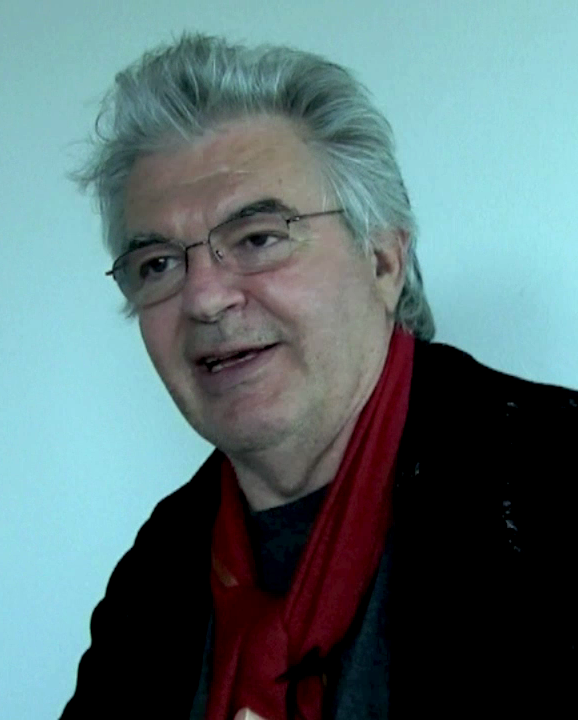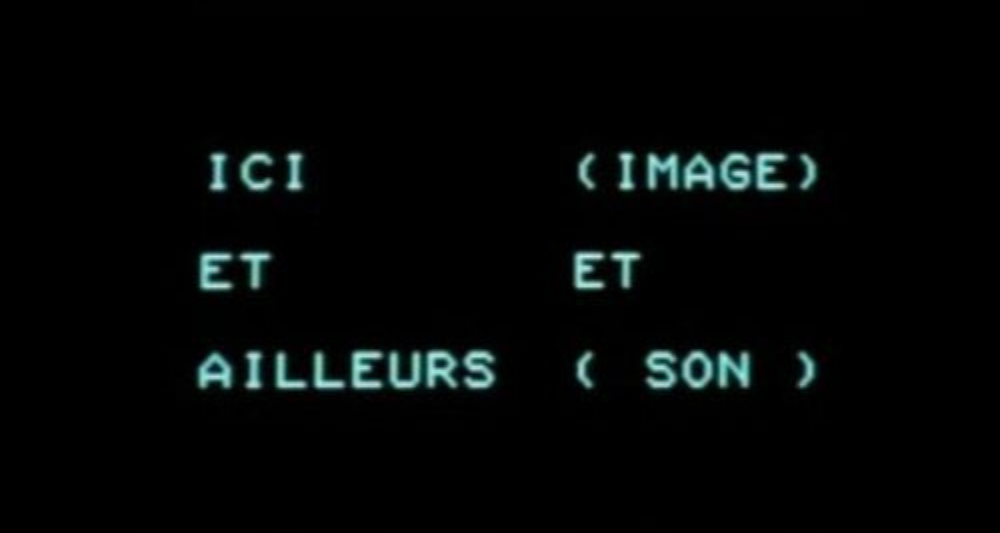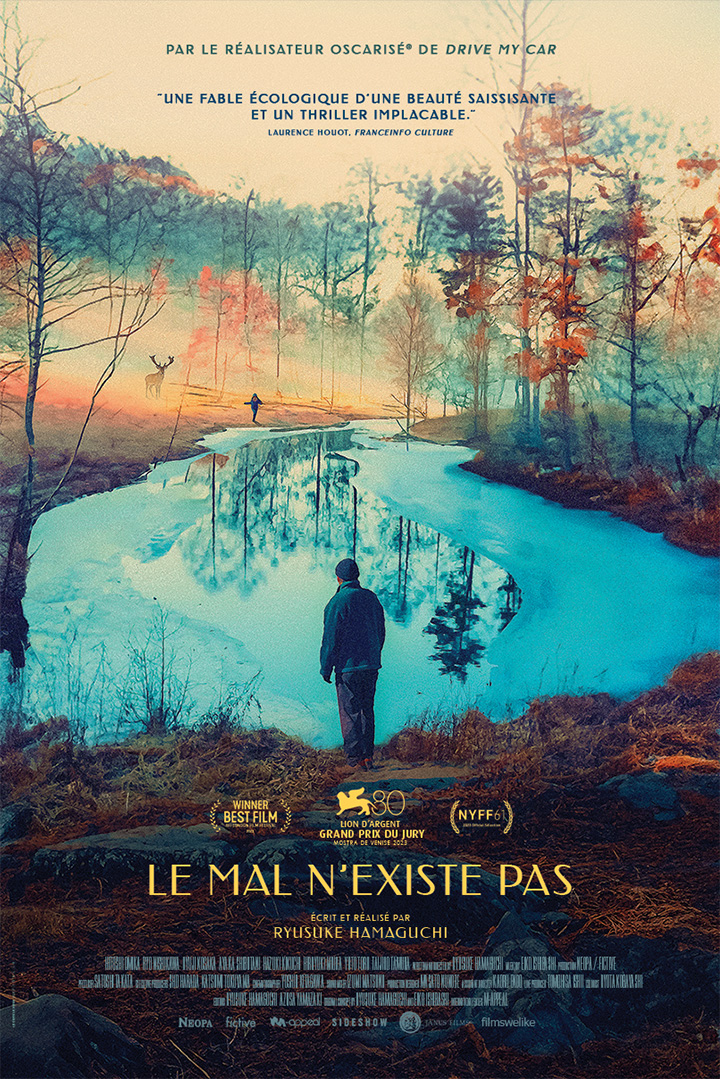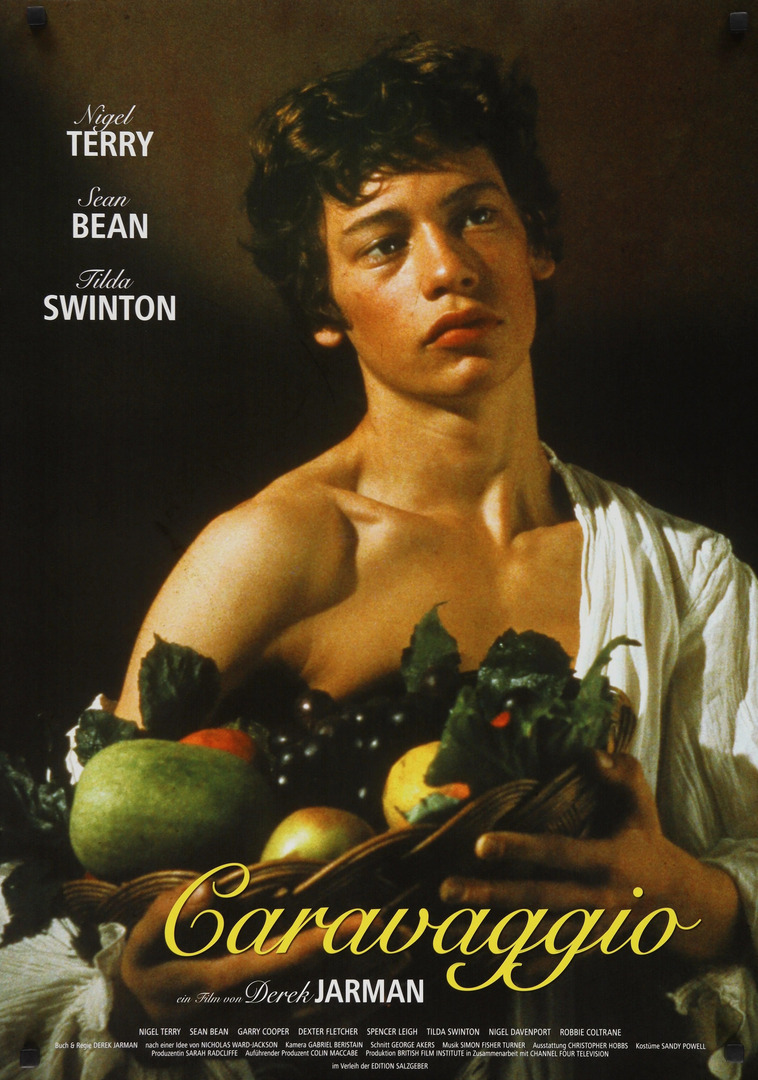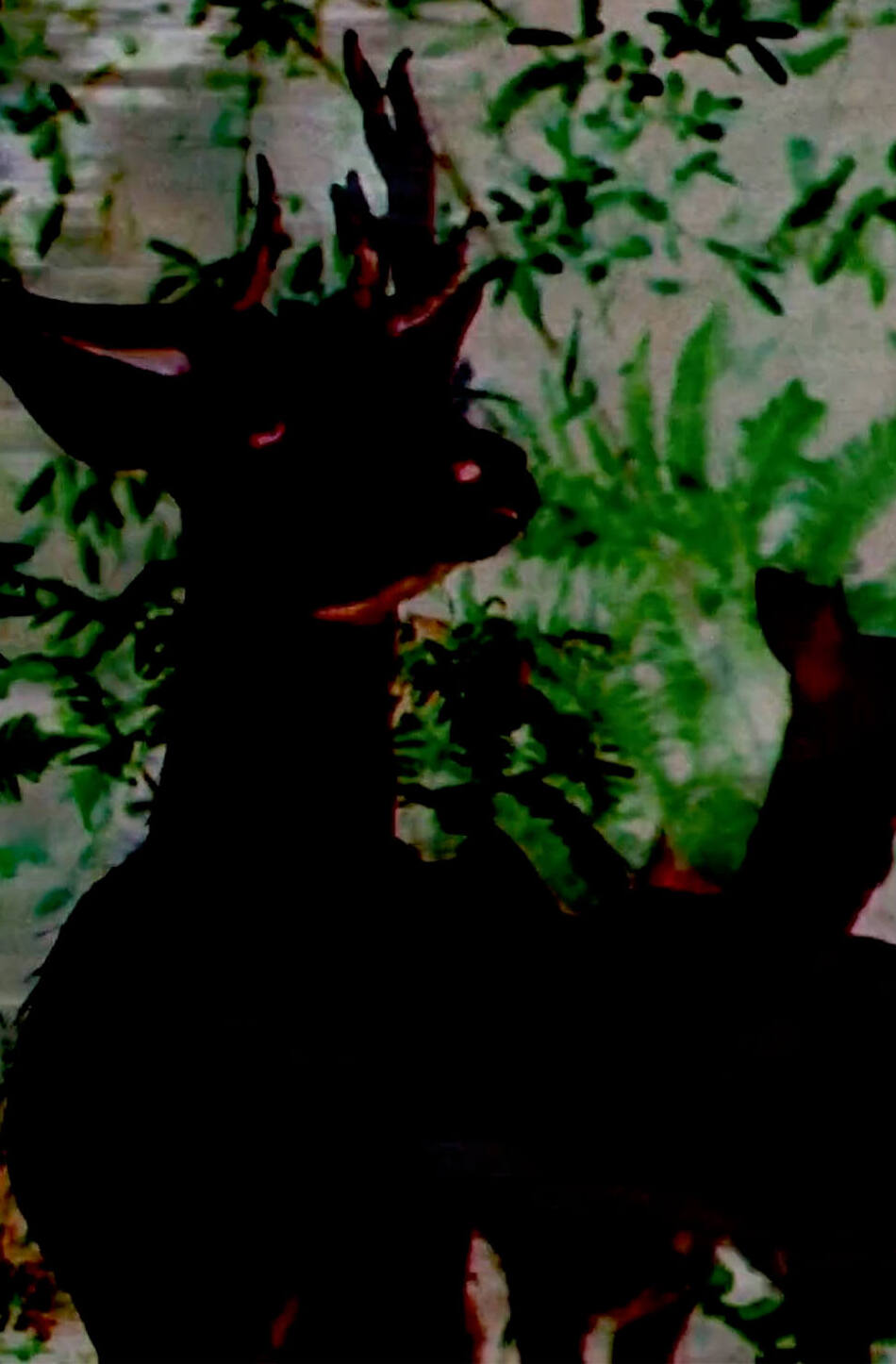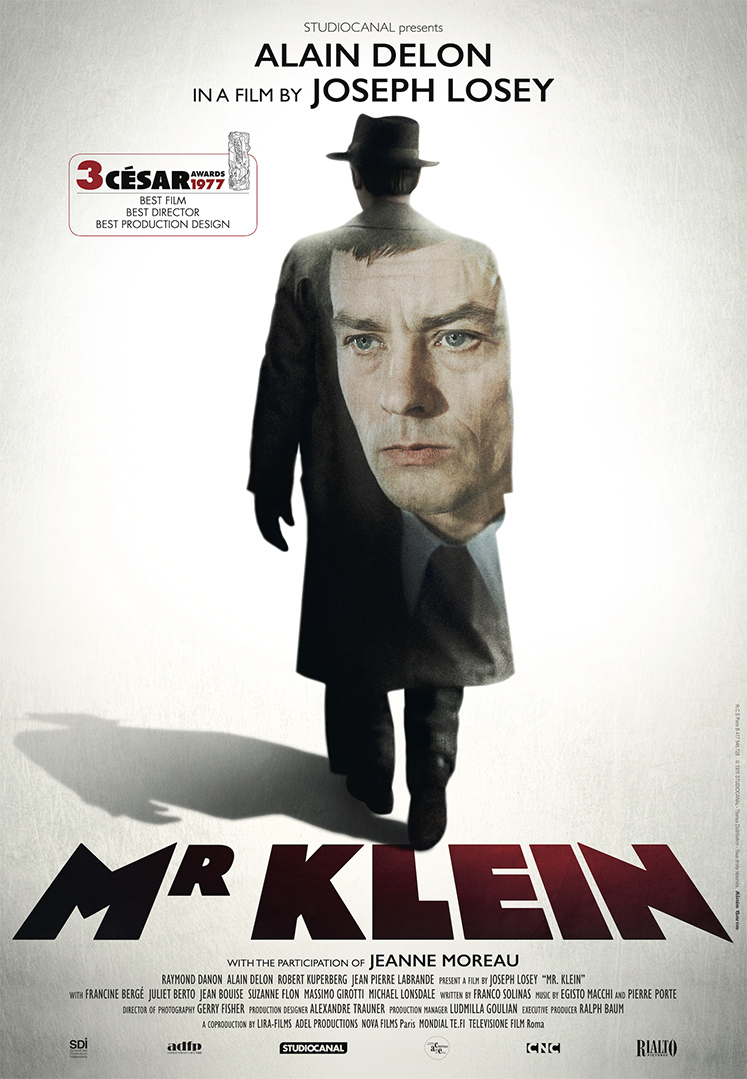Here and Elsewhere
From the end of the 1960s, Godard became both an actor and an observer of the turmoil of his time. He captures the pre-1968 tremors such as the decline of the Trente glorieuses years, the society of housing estates and traffic jams ... During this period, marked by his relationship with Anne Wiazemsky, he became increasingly political while maintaining an amused critical eye: thus, the Mao militants do not appreciate so much La Chinoise. From 1968 on, he became more radical and tried to make films in a different way: he tried his hand at pamphlet, kinetract, and antispectacular documentary, and claimed anonymity by founding the Dziga Vertov group with his Maoist friend Jean-Pierre Gorin. In the field, he mobilized for Henri Langlois, against the Vietnam War, for the Palestinian cause... The second half of the 1970s marked a new phase, when his meeting with Anne-Marie Miéville coincided with his transition to video.
The film was originally titled "Until Victory" and was created as part of the activities of the Dziga Vertov group. The images shot by Jean-Pierre Gorin were a commission to observe everyday life in the Palestinian camps. Left unfinished, the film was radically transformed a few years later when Godard and Miéville remade it on video and dialogued in voice-over, reflecting on the way in which cinema records history, on the stakes of their own position in the desire to understand these images and to speak about them. Here: a French family watching television. Elsewhere: images of the Palestinian revolution. Learning to see here in order to hear elsewhere. Learning to hear ourselves speak in order to see what others are doing.
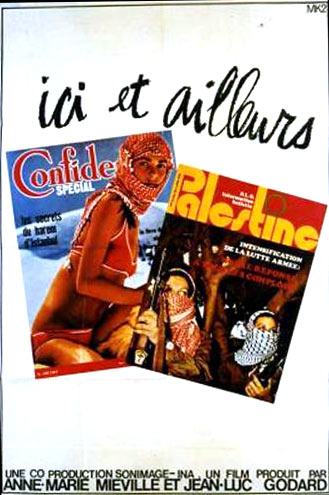
Anne-Marie Miéville
Anne-Marie Miéville was a practising photographer when she met Jean-Luc Godard, who would become her companion, in Paris in 1970. From 1973 until 1994, she collaborated with Godard as photographer, scriptwriter, film editor, co-director, assuming the role of artistic director on some of their projects. Since 1983, she has a career as a filmmaker. She is also a writer.

Jean-Luc Godard
Born in Paris in 1930, Jean-Luc Godard grew up on the shores of Lake Geneva, and his first passion was painting. After the Second World War, which he spent in Switzerland, his family sent him to study in Paris, but Godard mainly attended film clubs and the Cinémathèque française. At the beginning of the 1950s, he attended the Ciné-club du Quartier Latin (Cinema club of the Latin Quarter) where he met Maurice Schérer (soon to be Eric Rohmer), François Truffaut, Claude Chabrol and Jacques Rivette, among others, with whom he took his first steps as a critic and embarked on the adventure of the Cahiers du cinéma. After directing a few short films, he moved on to feature films in the wake of François Truffaut by directing A bout de souffle in 1960, which contributed to the launch of the French New Wave. He will not stop shooting until the 2010s, constituting over the decades an exploratory work that has always pushed the boundaries of cinema.
Photo: ©Bertrand Carrière | Collections de la Cinémathèque québécoise
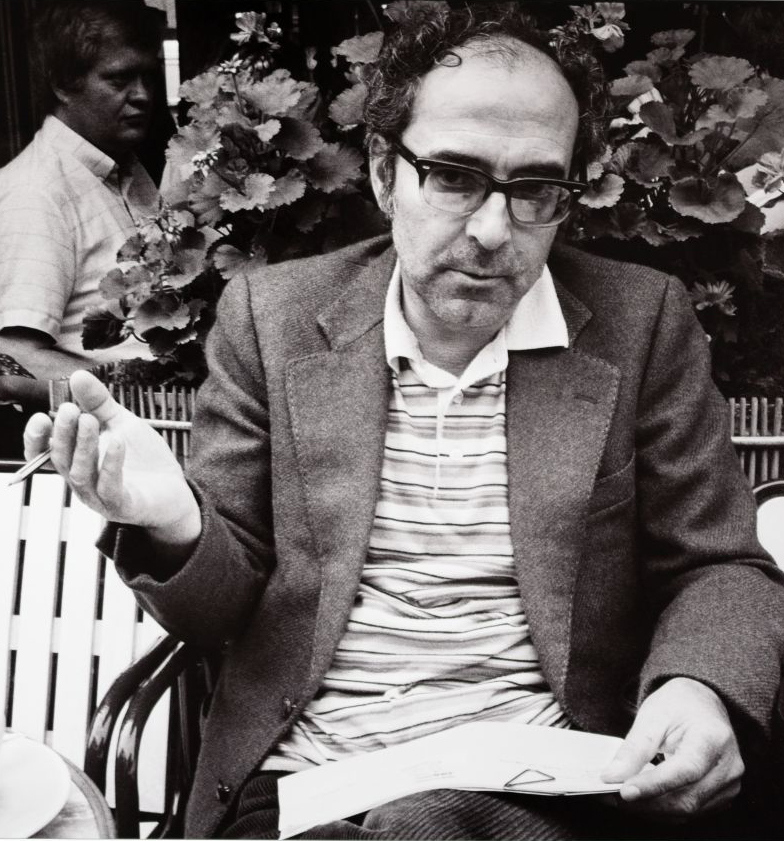
Jean-Pierre Gorin
Jean-Pierre Gorin (born 17 April 1943) is a French filmmaker and professor, best known for his work with Nouvelle Vague luminary Jean-Luc Godard, during what is often referred to as Godard's "radical" period.
